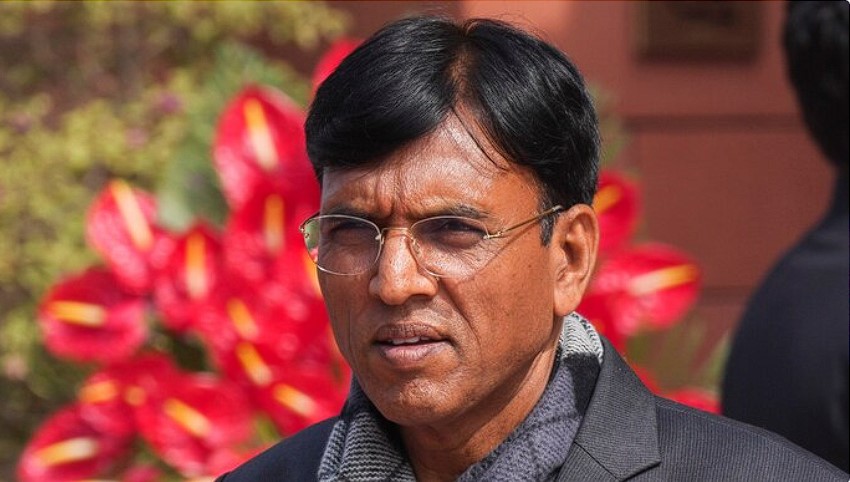Ladakh’s Fight for Autonomy: The Sixth Schedule Demand

One of the latest demands that have been essential for Ladakh originates from the high-altitude region of Jammu and Kashmir. This request implies that the Ladakhi people desire their inclusion under the sixth schedule of the Indian constitution.
Meaning of Sixth Schedule
Schedule six deals with the administration of tribal areas in Meghalaya, Tripura, Assam, and Mizoram. This enables them to have power through an ADC format. These ADCs have powers concerning land management, forests, agriculture, and other issues, and they may also establish village courts for resolving small tribal offenses.
Why Ladakh Wants Sixth Schedule Inclusion

There are so many tribal groups in Ladakh. However, Leh is predominantly Buddhist, whereas Kargil has a majority of Shia Muslims. Social activists are of the opinion that the cultural practices and lives of these tribes may be saved and safeguarded by their inclusion in the sixth scheduled form of government. This meant that, just like existing tribal ADCs, they would also be able to establish their governing councils. Hence, Ladakhi people would have a greater influence on local matters as well as their tribes’ future.
The Appeal of Autonomy
The Sixth Schedule would enable Ladakh to be included as an autonomous region. Local administrations will be run by Autonomous District Councils. This autonomy would enable Ladakhis to pass laws that protect their unique ethnic identities.
They may also ensure responsible environmental management of scarce natural resources to pursue sustainable development in line with local needs and aspirations. Additionally, Ladakhis might have less anxiety regarding the loss of cultural heritage and norms caused by external influences and migration.
Beyond Ladakh: The Global Context: The World After 9/11.
It is a common misconception that the tribe represents a mentality of primitivism; many tribes, including those in Ladakh, have multi-level societies that are full of culture.
The Indian Constitution has recognized Scheduled Tribes as special groups in need of special protection owing to their special socio-economic status.
- Tribal sovereignty in America is similar to the visions under the Sixth Schedule since they give the Native American tribes the mandate to administer specified areas based on their own will.
- Tribal rights movements are going on in different parts of the globe. The Sentinelese could be called one of the most rebellious and unspoiled tribes in the world. Mapping is recognized as a legal and constitutional act delimiting indigenous land in Brazil.
- 2007 proved the groundwork of universalism for the survival and development of indigenous culture as the United Nations Declaration on the Rights of Indigenous Peoples was ratified.
Recently, there has been an important demand by a region in Jammu and Kashmir called Ladakh. This request implies that Ladakhi people demand to be accommodated under the sixth schedule of the Indian constitution.
For example, recently Taiwan started recognizing their aboriginals by granting them special status, while New Zealand, on the other hand, has always embodied tribalism through Maori privileges, as granted in the Treaty of Waitangi.
One such example comes from among the Sami people in Norway. Since then, they have had their parliament entrenched to protect their cultural and land rights, an example of Ladakh’s desire under the sixth schedule.
However, the demands for inclusion in the Sixth Schedule by Ladakh do not end with mere political bargaining. It is an articulation of an innate desire for liberation and the preservation of a distinct cultural identity. This will ensure independence for the Ladakhi individuals as well as the region to grow and develop on their own within India itself.











